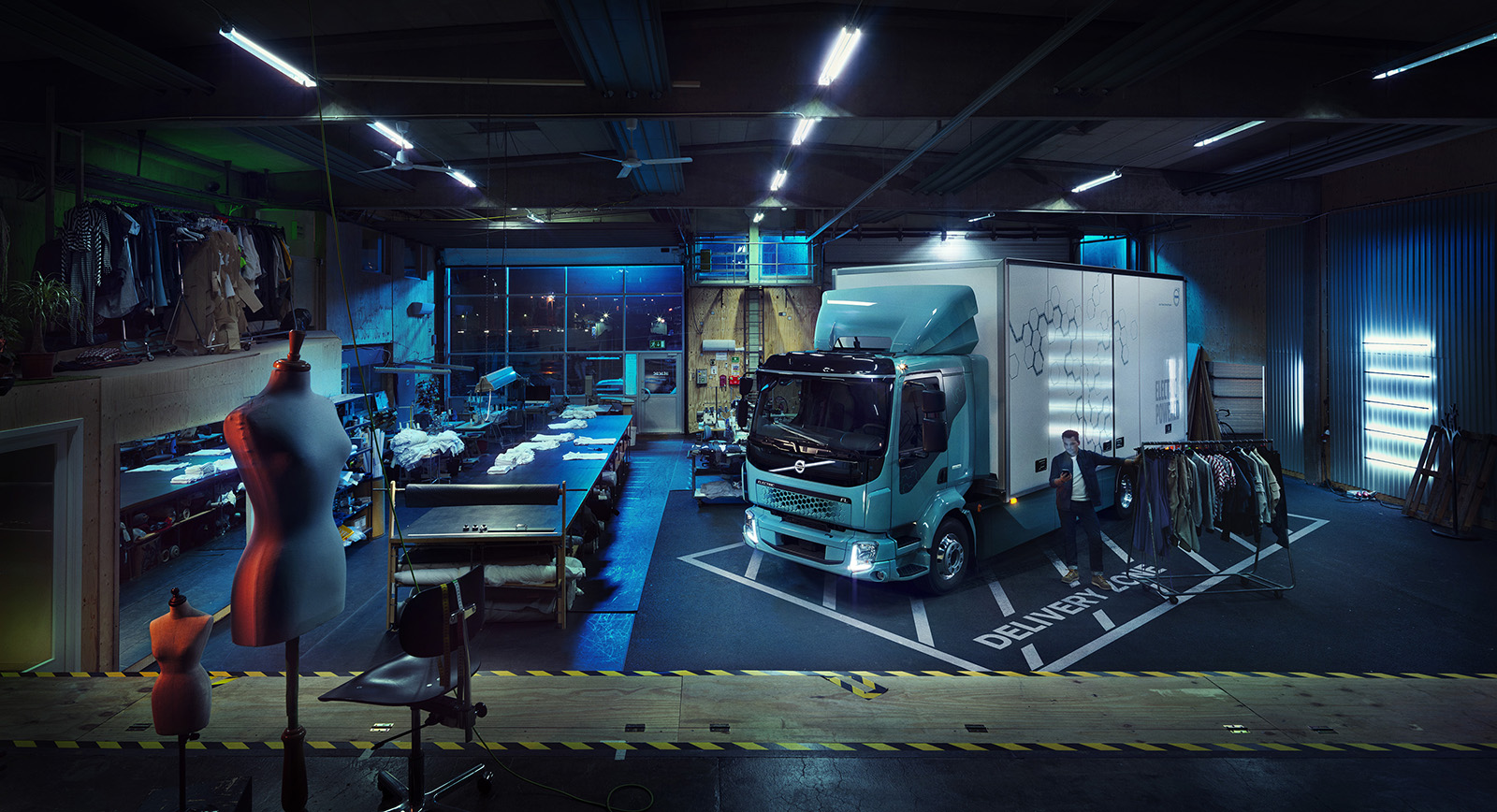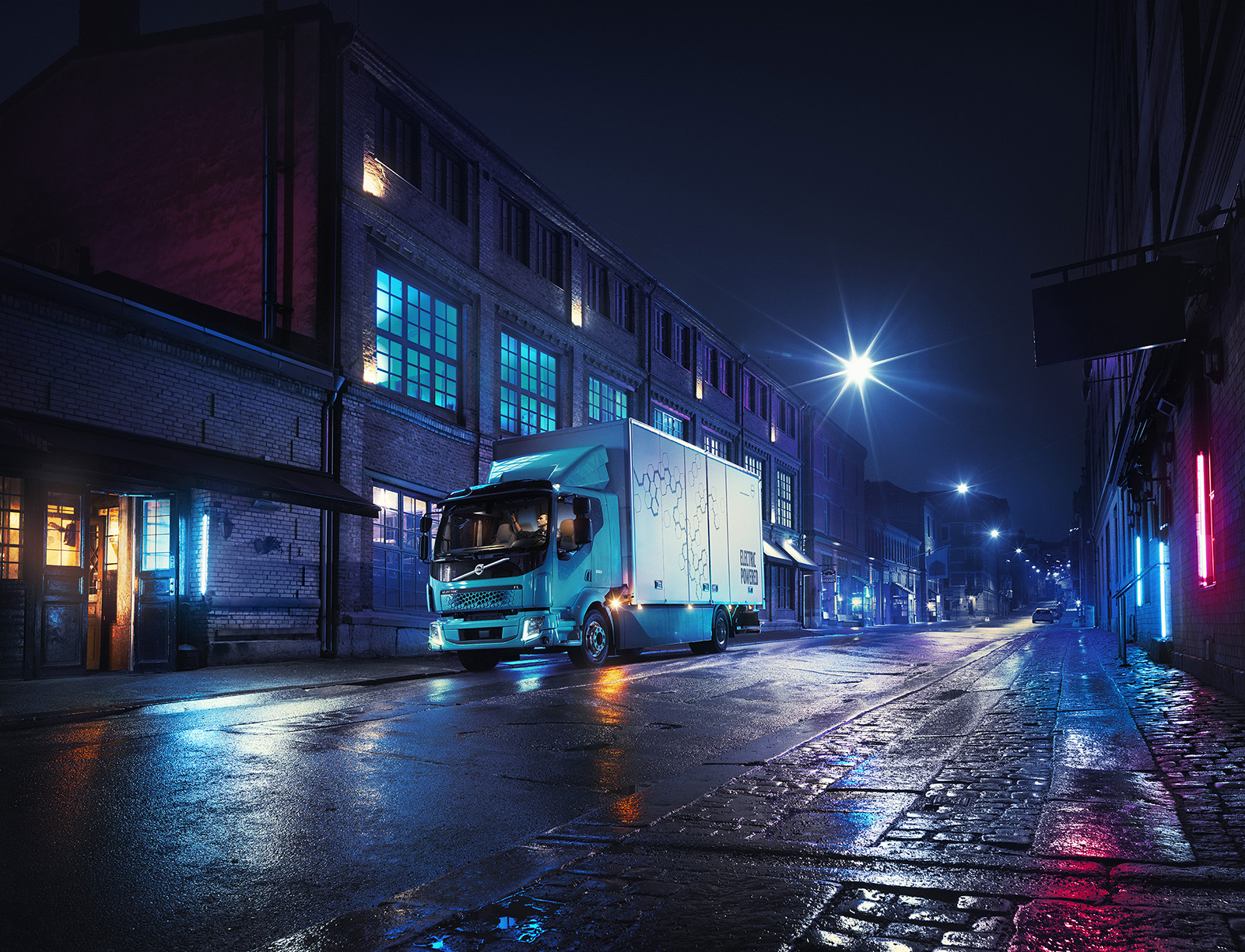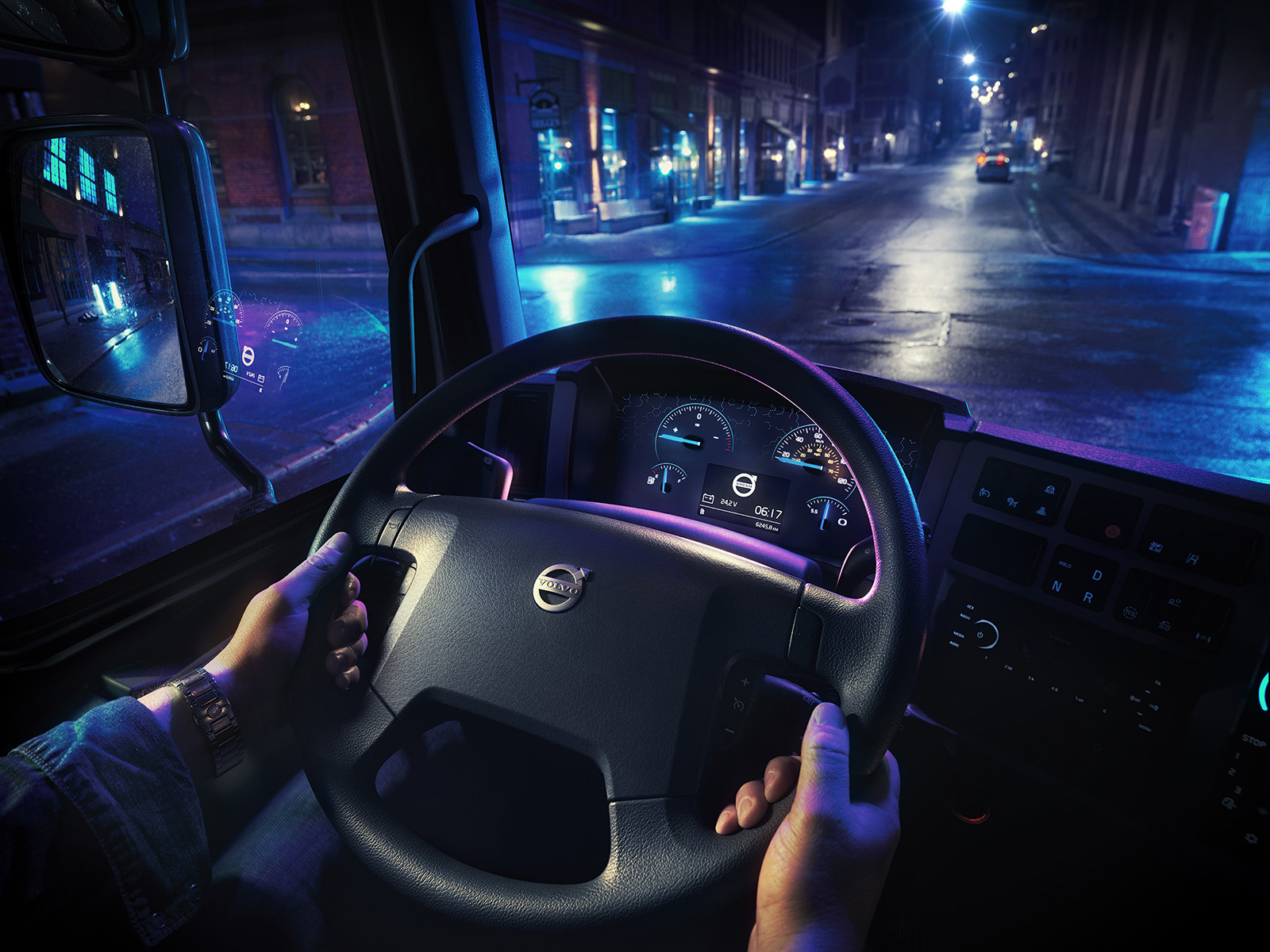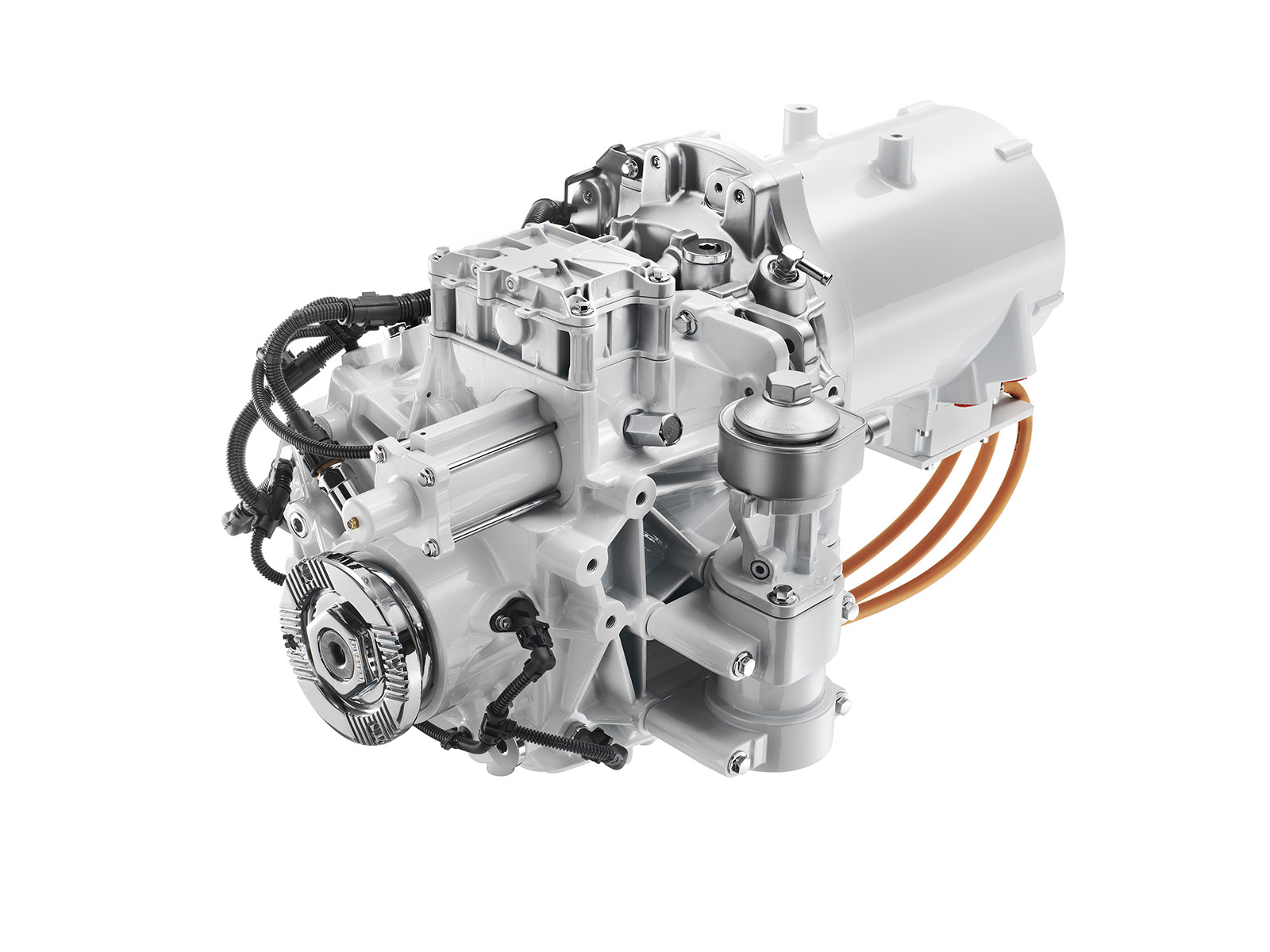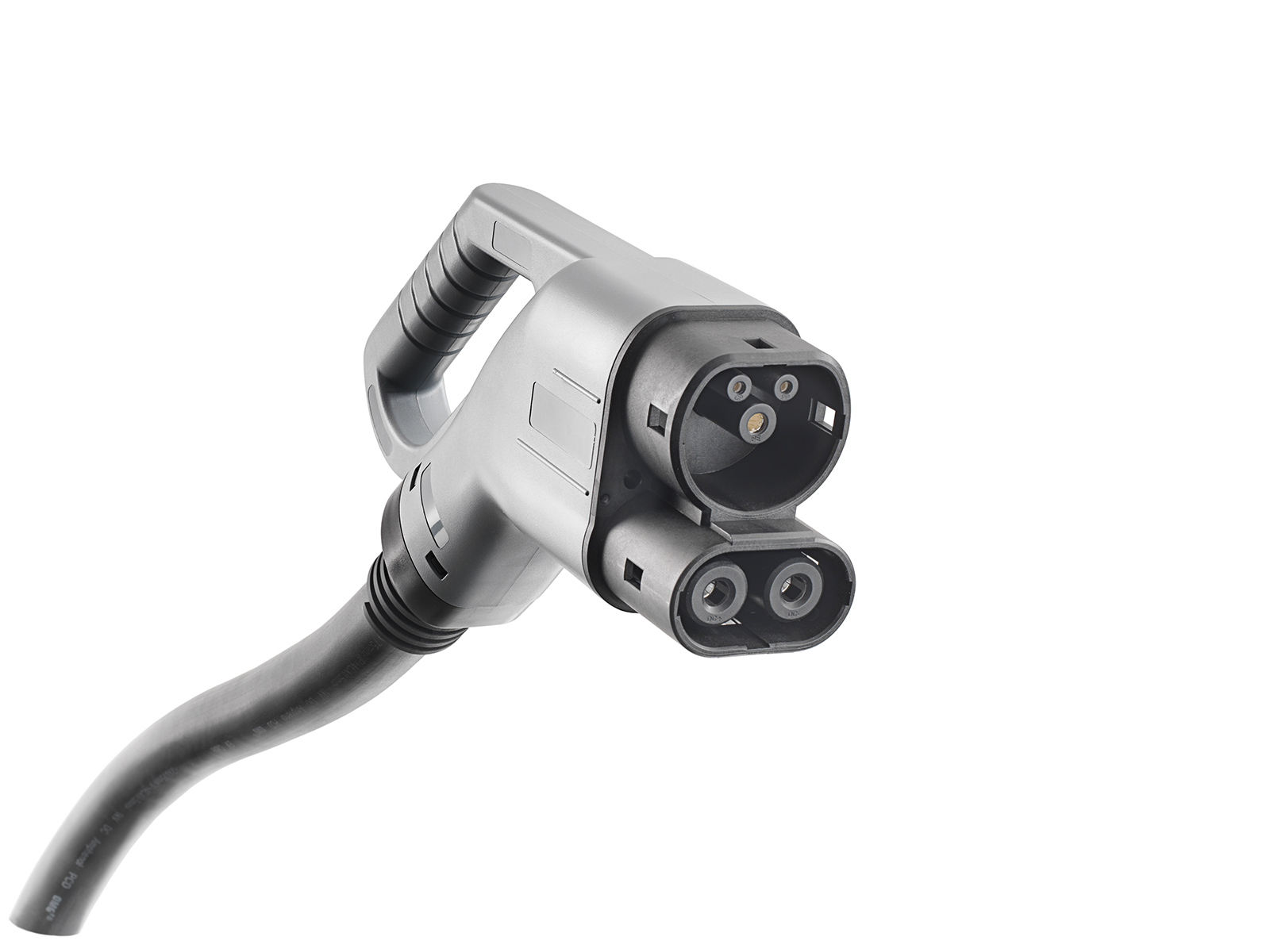Wouldn’t it be nice to not be woken up an hour earlier than intended by a smelly and noisy, diesel-powered garbage truck in the wee hours of the morning? Volvo Trucks certainly thinks so. And while making sure you rest easier during the morning garbage pickup isn’t the truck maker’s main priority, it’s still one of the many potential benefits of its all-new, all-electric truck.
Renowned truck manufacturer Volvo Trucks recently introduced its first-ever, all-electric truck for commercial urban use. Called the FL Electric, Volvo’s newest commercial vehicle will be sold for urban distribution and delivery, as well as waste collection applications.
“We’re immensely proud to present the first in a range of fully electrically powered Volvo trucks ready for regular traffic. With this model we are making it possible for cities that aim for sustainable urban development to benefit from the advantages of electrified truck transports,” said Claes Nilsson, president of Volvo Trucks, in an official statement.
The electrification of the automobile over the past several decades often involved your everyday consumer automobile in the form of hybridization or all-electric cars. But in recent years, particularly with the advance and evolution of electric powertrain technology, all-electric powertrains have been finding their way into larger commercial applications, such as public transportation and intercity bus systems. That’s because of the electric motor’s ability to deliver almost all of its torque instantaneously, making it perform and behave similarly, if not better, than your traditional large displacement turbo-diesel internal combustion engine.
As a case in point, Volvo Group’s bus division, Volvo Buses, sold more than 4,000 electrified buses since 2010. Because of their tried and tested reputation, Volvo expanded its electrification efforts to its truck divisions, with the FL Electric.
Electrification also eliminates smelly diesel exhaust fumes and loud operations. By helping to eliminate these drawbacks of traditional diesel propulsion, Volvo Trucks hopes to improve the quality of life in cities with less pollution and noise.
Volvo Trucks boasts that its new FL Electric can be used with less apprehension in indoor terminals and environmentally sensitive areas. With quieter and cleaner trucks, it also gives fleets the ability to operate more easily at night, which in theory could help reduce traffic during the day.
At the time of the announcement, Volvo Trucks said its first fleet of FL Electric trucks began operation for customers in Gothenburg, Sweden, Volvo’s home city. It’s powered by a 185 kW (248 horsepower) electric motor with a maximum continuous output of 130 kW (174 horsepower) and a maximum torque rating of 425 Nm or 313 pound-feet.
Depending on the configuration, the Volvo FL receives juice from anywhere between two to six lithium-ion battery pack setups, ranging in 100-300 kWh (kilowatt-hour) outputs, with a range of up to 300 km or 186.4 miles. It can be charged using the main grid at 22 kW alternating current (AC) through a standard charger, or via direct current (DC) CCS/Combo2 fast-charger at rates of up to 150 kW. Using the standard charger, empty-to-full can take only 10 hours for the largest 300 kWh battery pack, while fast charging only takes one to two hours.
Volvo Trucks says sales and series productions of the latest FL Electric will fully commence in Europe next year.
